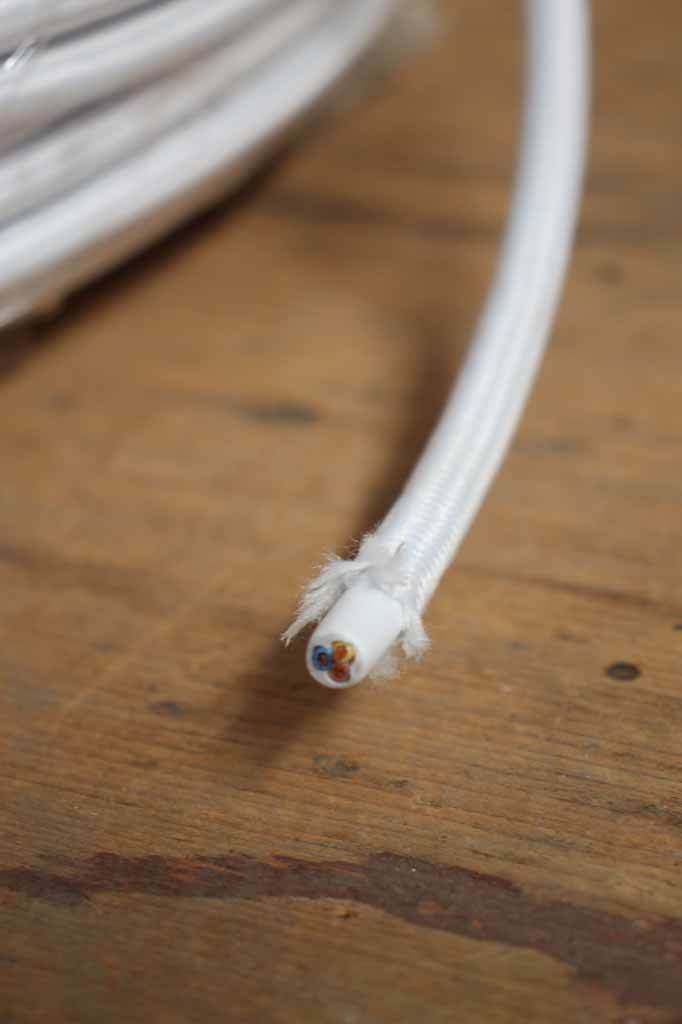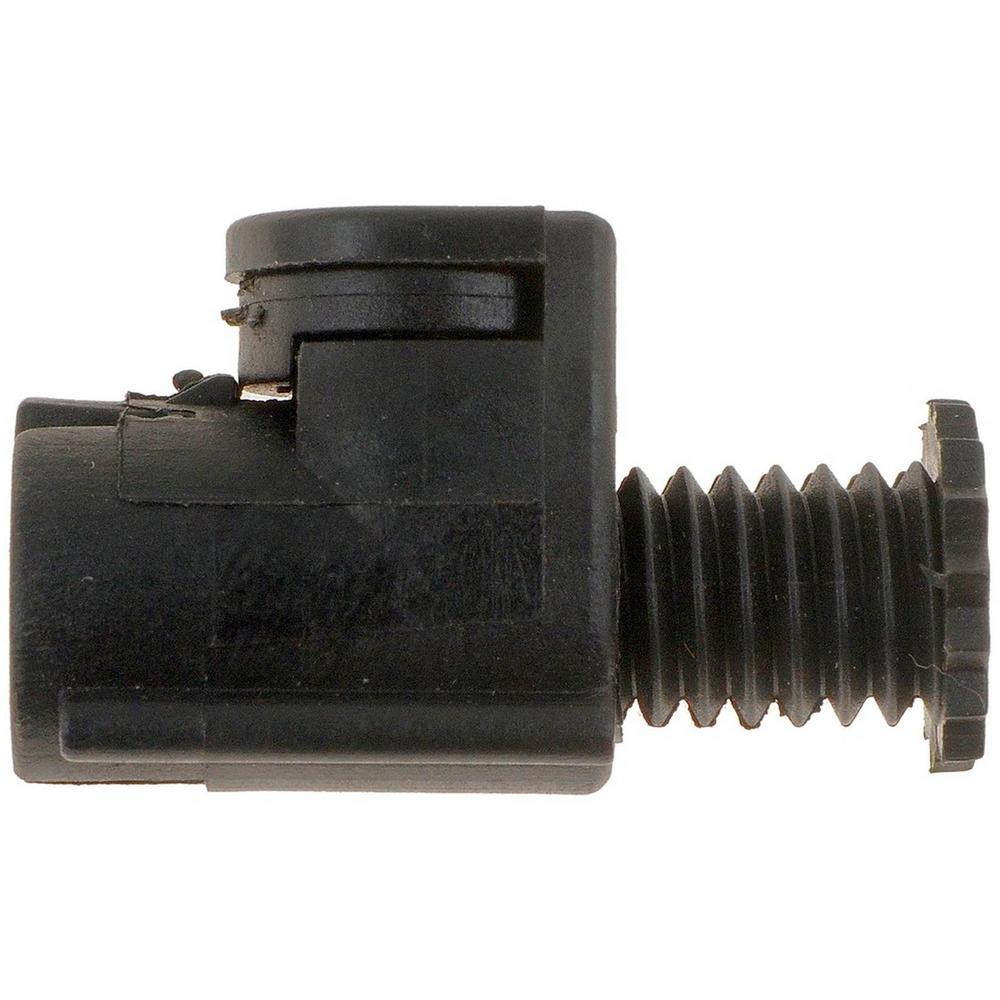
Since the power flow is rather large at times, the coil used in a line trap must be large in terms of physical size. The coil of the line trap provides a low impedance path for the flow of the power frequency energy. The line trap is usually a form of a parallel resonant circuit which is tuned to the carrier energy frequency.Ī parallel resonant circuit has high impedance at its tuned frequency, and it then causes most of the carrier energy to flow toward the remote line terminal. The above list may not be all inclusive, but these are the major factors involved in the success or failure of a PLC channel. The received signal-to-noise ratio (SNR).The type of modulation used to transmit the information, and the type of demodulation circuits in the receiver.The decoupling equipment at the receiving terminal (usually the same as the transmitting end).The length of the circuit and transpositions in the circuit.The phase(s) to which the PLC signal is coupled.The power line voltage and the physical configuration of the power line.The type and size, in terms of inductance, of the line trap used.The size of the coupling capacitor in terms of capacitance.The type and number of hybrids required to parallel transmitters and receivers.The amount of power out of the transmitter.If both of these requirements are met then the PLC channel will be reliable. The goal is to get a signal level to the remote terminal that is above the sensitivity of the receiver, and with a signal-to-noise ratio (SNR) well above the minimum, so that the receiver can make a correct decision based on the information transmitted. Many factors will affect the reliability of a power line carrier (PLC) channel. Carrier telemetring, electrical quantities that are telemetered are kW, kVA, kVAR, Voltage and Power factor etc.įollowing methods are used for telemetring as well as telecontrol:.Station to station communication between operating personnel.To trip the line circuit breaker nearest to the fault, this is done by:Ī) Distance protection relay (V/I characteristics).Inter trip command can be issued by relay due to tripping of circuit breaker at any one end.Carrier protection relaying of transmission line so that:.PLCC in modern electrical power system substation is mainly used for following purpose:


The output of PLCC goes to coupling capacitor and then to transmission line and travels to another end where it is received through coupling capacitor and inputted to relay and control panel at that end.

The output of relay goes to modem of PLCC. Carrier current has a frequency range of 30 to 200 kHz in USA and 80 to 500 kHz in UK.Įach end of transmission line is provided with identical PLCC equipment consisting of equipment:ĭistance protection relay in relay panel at one end of the transmission line gets the input from CT and CVT in line. Main data transmission system for telemetry and telecontrol are:įor large power system power line carrier communication is used for data transmission as well as protection of transmission lines.


 0 kommentar(er)
0 kommentar(er)
